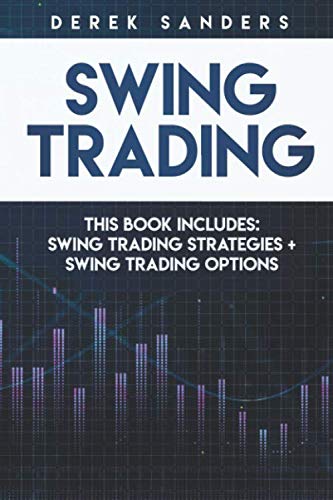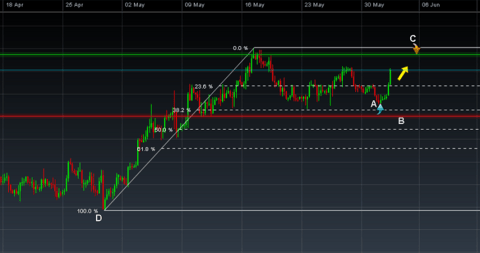In the realm of investing, options trading offers a captivating blend of flexibility and potential profitability. Among the various options strategies, swing trading reigns supreme, enabling traders to capitalize on short-term market fluctuations without the constraints of day trading or the extended holding periods of long-term investing. Let’s embark on a comprehensive exploration of swing trading options strategies, deciphering their nuances and uncovering the secrets to maximizing their effectiveness.

Image: stockmarketpartner.com
Unveiling the Essence of Swing Trading Options
Swing trading revolves around exploiting price swings that occur over several days or weeks, rather than mere minutes or months. This approach seeks to identify favorable trends early on and ride the momentum until the trend reverses or reaches a targeted profit level. Options provide a versatile tool for swing traders, offering both leverage and the ability to tailor strategies to suit risk appetites and market conditions.
Mastering the Art of Swing Trading Options Strategies
-
Identify Trending Markets: The crux of swing trading lies in spotting stocks or indices that exhibit clear uptrends or downtrends. Technical analysis tools such as moving averages and trendlines can assist in identifying potential trading opportunities.
-
Choose the Right Options: Select options that align with the anticipated trend and time frame. For uptrends, consider call options, while put options are suitable for downtrends. The expiration date should provide sufficient time for the trend to unfold.
-
Plan Your Risk Management: Determine the maximum tolerable loss and position size before entering a trade. Utilize stop-loss orders to limit potential losses in case of adverse price movements.
-
Implement Position Monitoring: Continuously monitor market movements and adjust your position as needed. Exit the trade when the trend reverses or the profit target is reached.
Unveiling the Secrets of Experts
A. “Trend Trading with Support and Resistance Levels”: Pinpoint market support and resistance levels using technical analysis. These levels define price boundaries that often initiate market reversals.
B. “Momentum Swing Trading Using MACD”: Employ the Moving Average Convergence Divergence (MACD) indicator to identify potential price breakouts and trend reversals.
C. “Risk Management with Covered Calls”: For reduced risk exposure, sell covered calls against a portion of your underlying shares. This strategy generates income while limiting potential losses.

Image: www.cmcmarkets.com
Swing Trading Options Stratagies

Image: www.youtube.com
Unlocking the Power of swing trading options stratagies
Swing trading options can empower you to navigate market fluctuations strategically. By mastering the concepts outlined in this comprehensive guide, you’ll equip yourself to harness the potential of this dynamic trading approach and move closer to achieving your financial aspirations.






